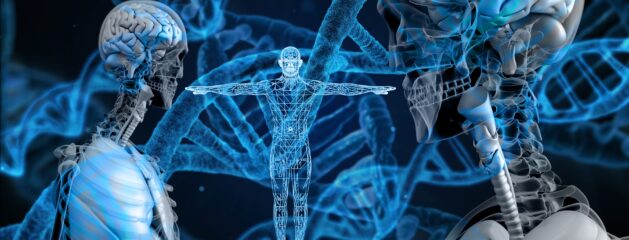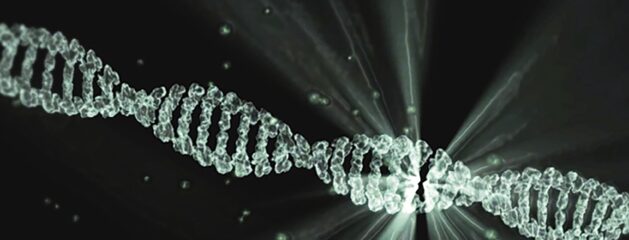This is a great explanation showing how Big Bang scientists have the same problem that’s one of the biggest problems charged against Young Earth Creationists!! See this secular video showing their problem: https://www.youtube.com/watch?v=axrbSOFIdnk The question goes: If the Earth and Universe are young, how did the light from extremely distant stars reach Earth in only thousands of years? I have a two-part response to that: Big Bang Scientists have the same problem...
Read MoreI Love This! – They have the same problem!












